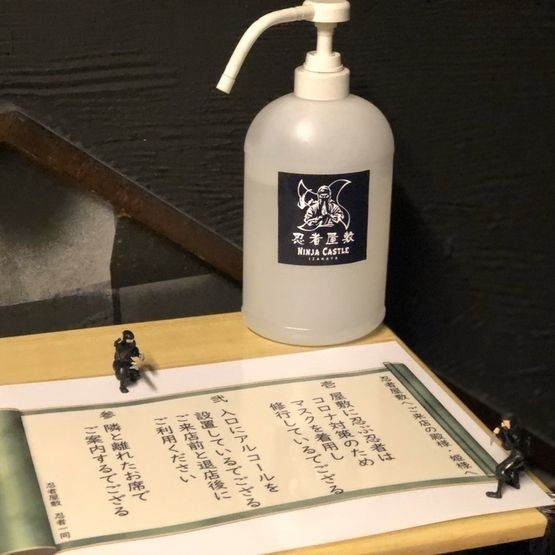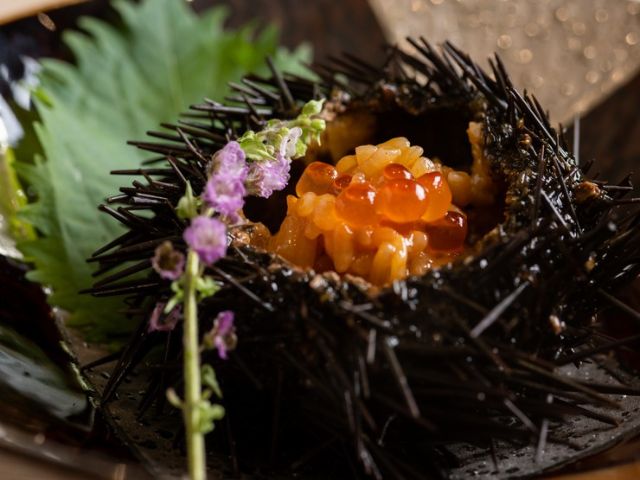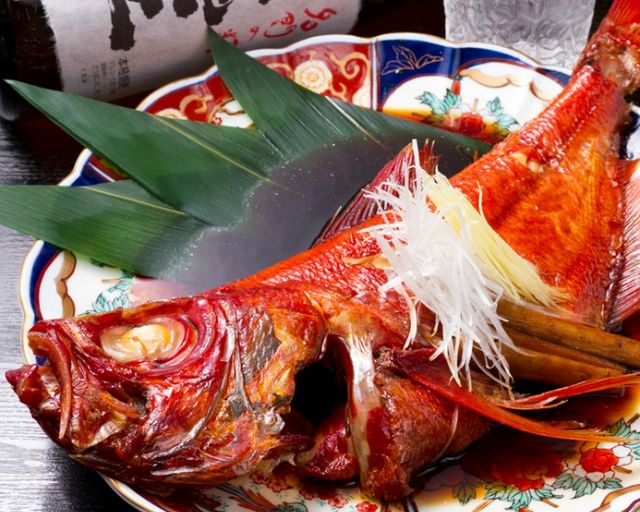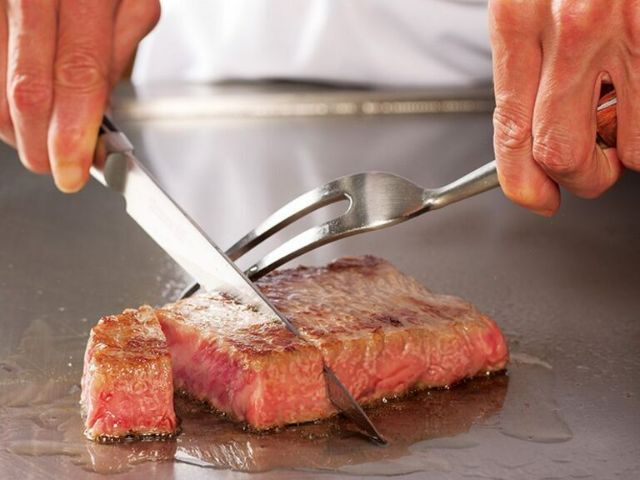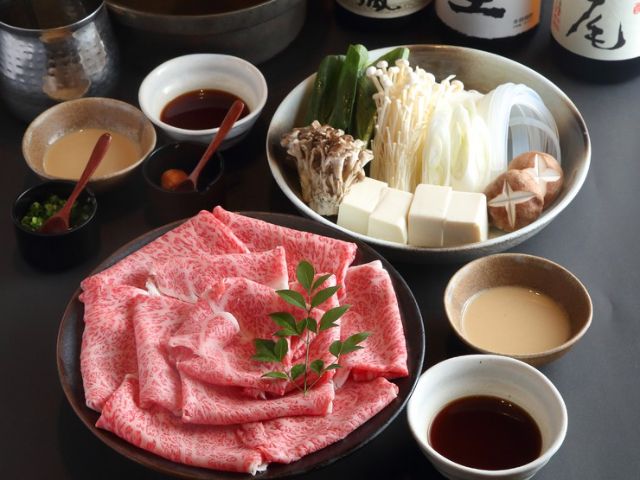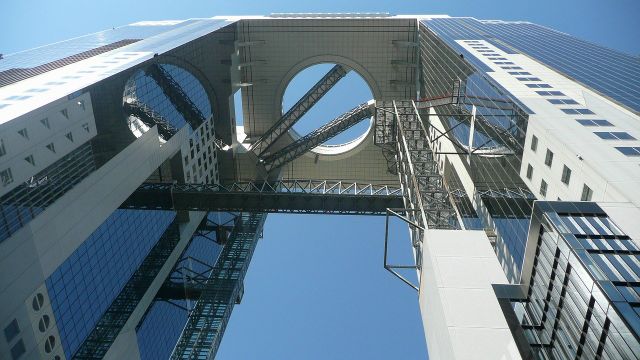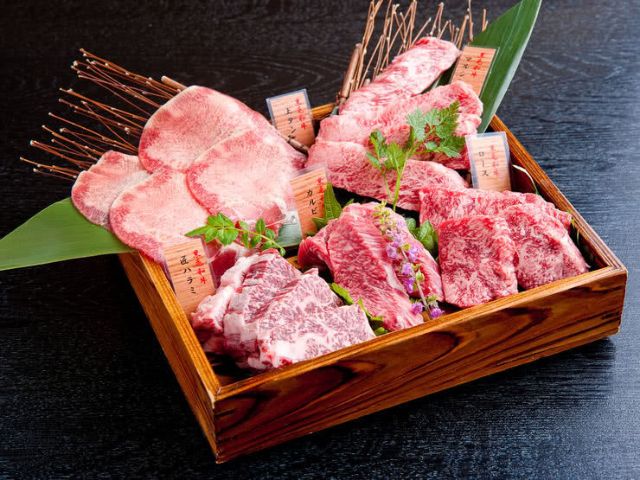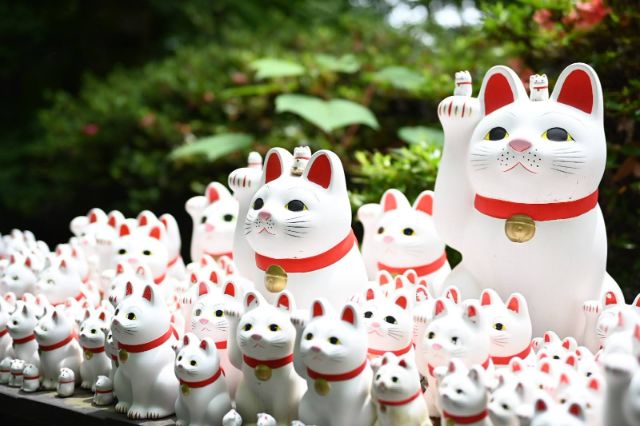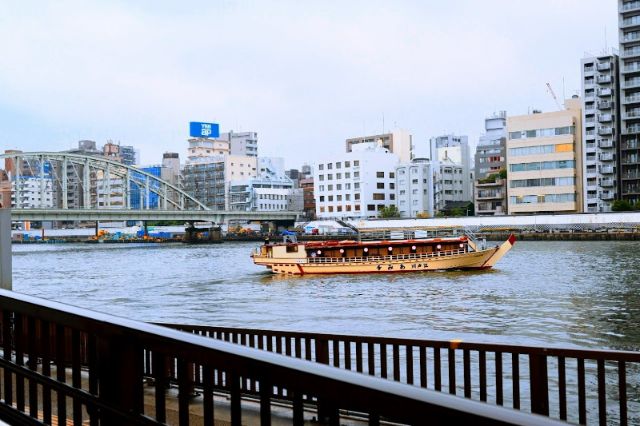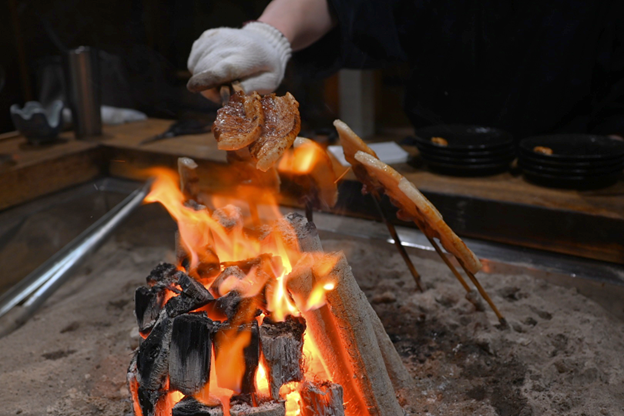Have You Ever Tried Sakura Niku? Try This Traditional and Nutritious Japanese Cuisine Eaten in Spring!
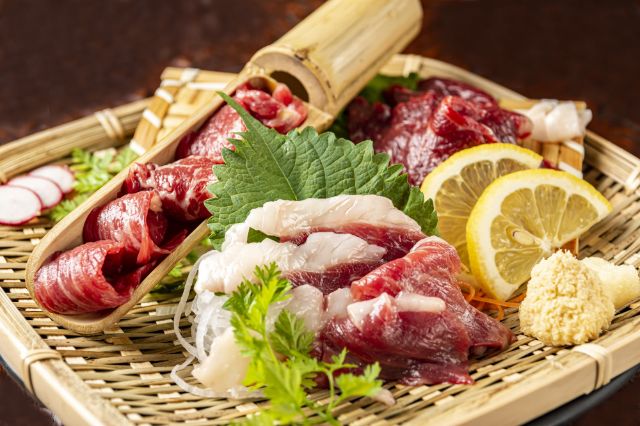
A dish born in the Kofun period
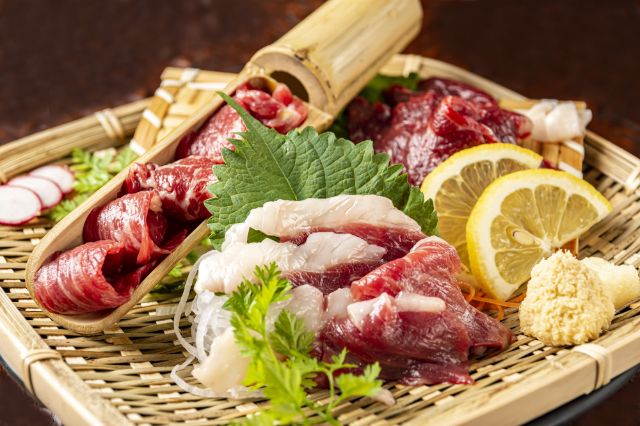
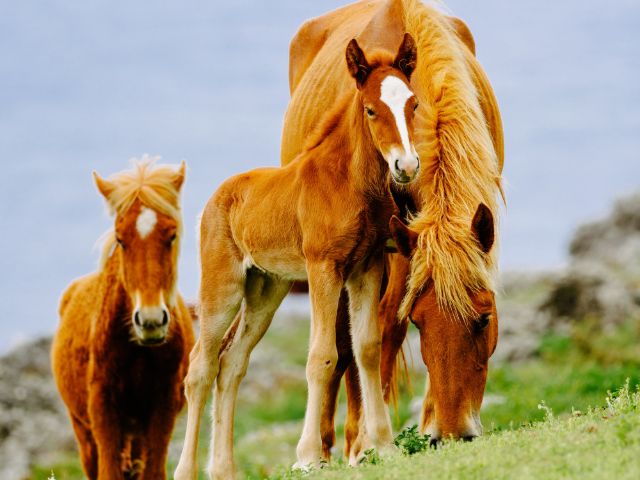
Compared with beef, pork and chicken, horse meat has much lower calories, fat content and cholesterol level, but more vitamins and minerals, e.g. 3 times the calcium in beef and 10 times the iron in chicken, making it an excellent source of protein. For its nutritional value, horse meat has always been considered a good dietary supplement, and in recent years it is gaining popularity as a health food. Ladies are highly recommend to give it a try because it is good for the skin and blood circulation.
Kumamoto of Kyushu is the most well-known horse meat production site in Japan, topping the charts in both horse production and consumption, followed by Fukushima, Aomori and Nagano. Kumamoto locals are so fond of the meat, where its otherwise hefty price tag is kept at an affordable level, and you can even buy it raw at supermarkets there. See for yourself when you visit the city!
The best cuts of horse meat & how to enjoy them
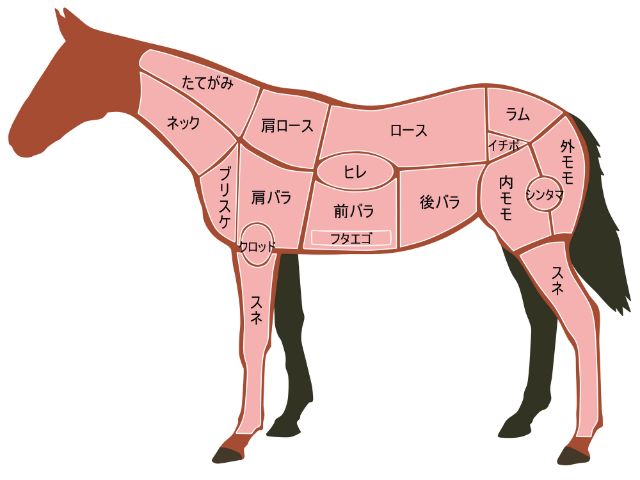
Are you ready to delve deeper into sakura niku cuisine? Here are three ways to enjoy it that you should not miss.
1. Raw
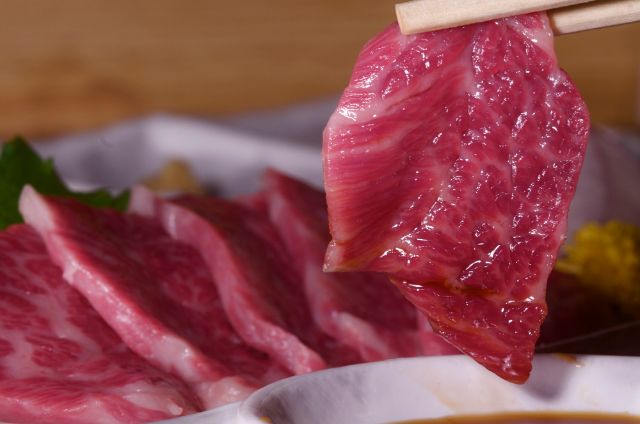
Basashi is usually accompanied by ground ginger, ground garlic and spring onion, then dipped in soy sauce. Those from the Aizu area of Fukushima would replace the dip with spicy miso.
2. Hot pot
The variation of sakura nabe along Akita, Nagano and Sorachi of Hokkaido is known as "nanko nabe". It also has a miso broth, but the food items mainly consist of offals. Moreover, it has a lot more vegetables than Tokyo's, e.g. burdock roots, bamboo shoots and konjac.
3. Grilled
Scroll down for a list of recommended horse meat restaurants!
Nakae
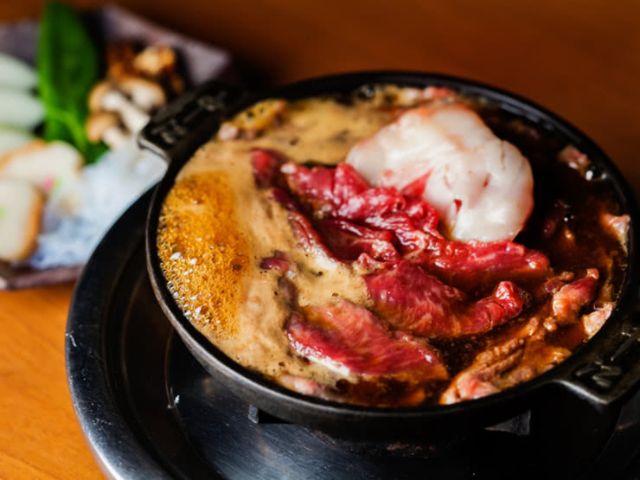
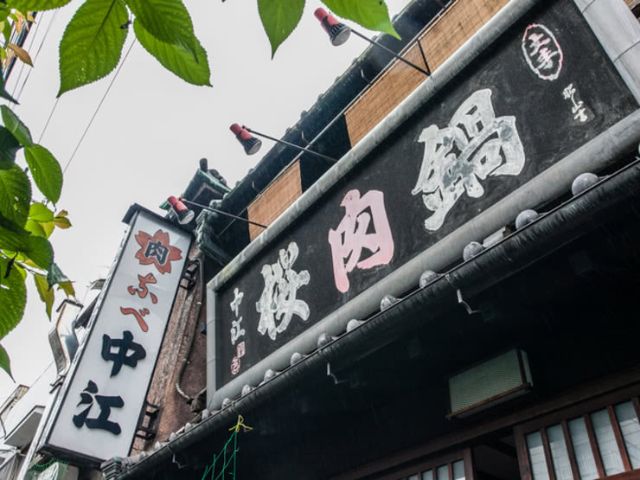
Sakuranabe Nakae
Average price: [Dinner] 9,000 JPY / [Lunch] 4,000 JPY
Address: 1-9-2, Nihonzutsumi, Taito-ku, Tokyo Map
More Details
AHO-DORI
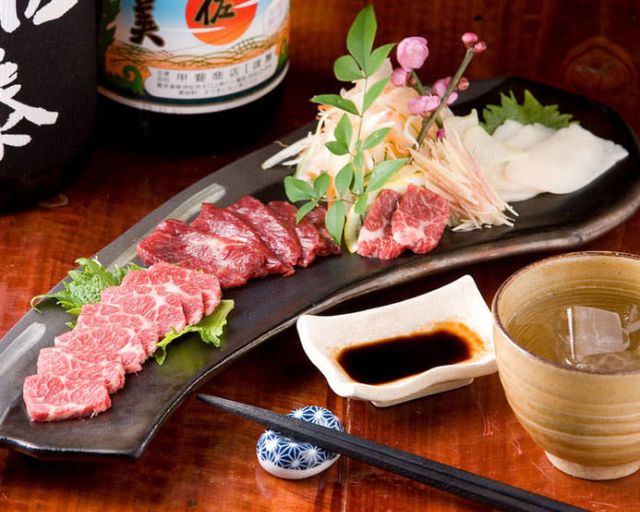
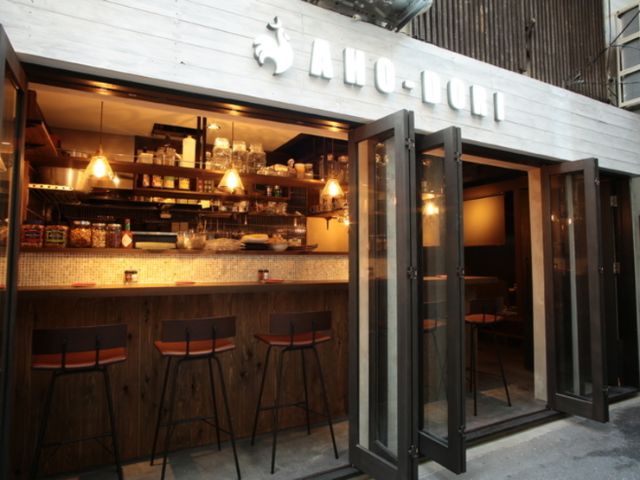
Aho-dori
Average price: [Dinner] 3,500 JPY
Access: 3 minutes on foot from Nakasukawabata Station. Just inside Ningyo Koji (Doll Alley).
Address: Ningyokoji, 4-1-19 Nakasu , Hakata-ku, Fukuoka-shi, Fukuoka Map
More Details Reservation
Gion Bashunro

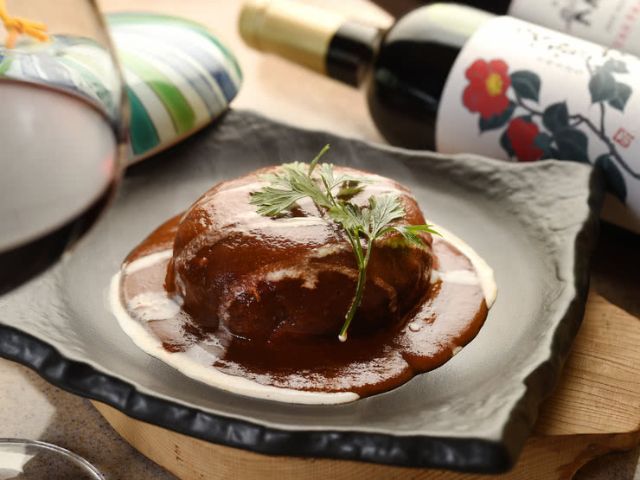
Sakura niku restaurant Gion Bashunro
Closed: Sunday. If Monday is a National Holiday, they will be open on Sunday and closed on Monday instead. Closed on 31 Dec & 1 Jan.
Average price: [Dinner] 10,000 JPY
Address: 22, Benzaiten-cho, Shinbashi agaru, Yamatooji, Higashiyama-ku, Kyoto-shi, Kyoto Map
More Details
DAN Ginza Branch
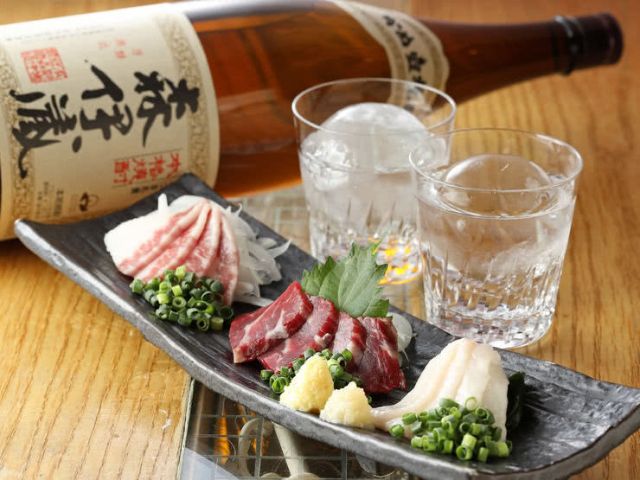
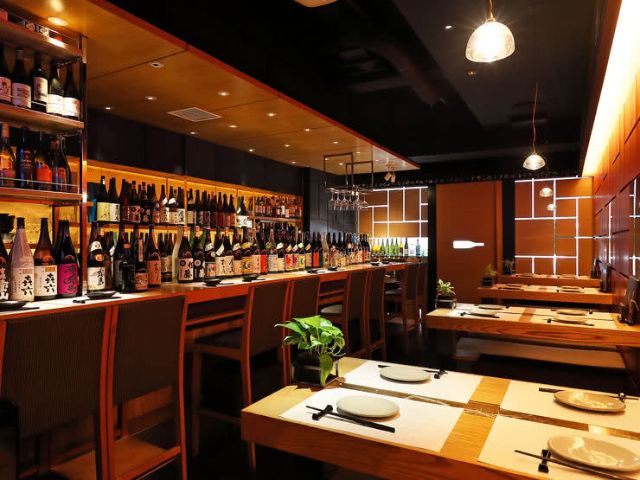
Seasonal Seafood & Vegetable DAN Ginza branch
Average price: [Dinner] 6,000 JPY
Access: 1-minute walk from a11 exit of Ginza-icchome station on Tokyo Metro Yurakucho Line
Address: 1F, Kunimitsu Bldg., 2-11-19, Ginza, Chuo-ku, Tokyo Map
More Details Reservation
Nagano Toieba BANIKUMAN
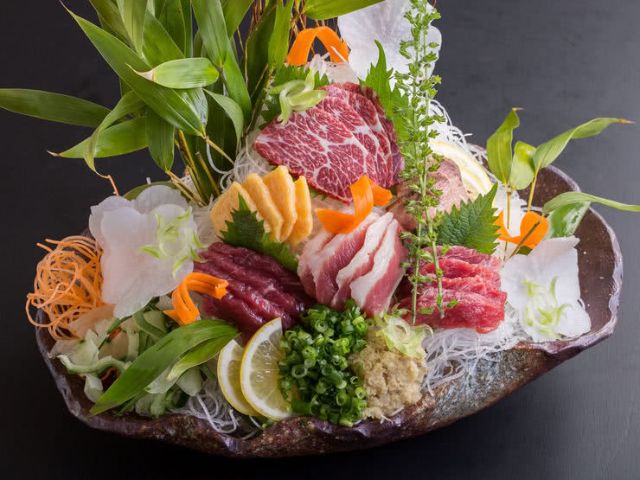
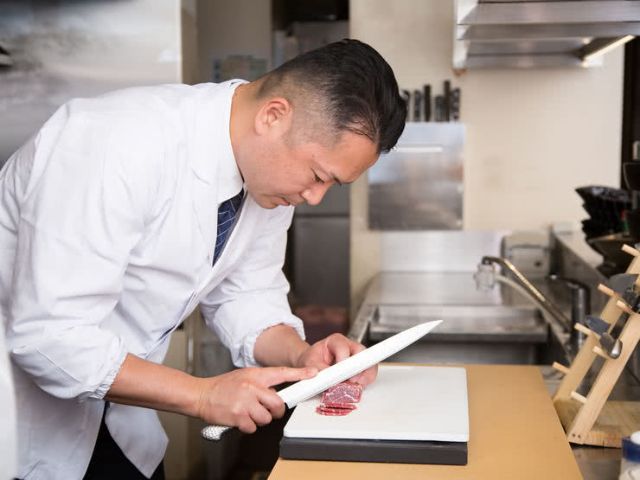
Nagano toieba BANIKUMAN
Closed: Irregular
Average price: [Dinner] 6,000 JPY
Access: 3-minute walk from [Nagano station] of JR Lines. It is on Sansenro-dori.
Address: 1380 Kitaishidoucho, Nagano, Nagano Map
More Details Reservation
Disclaimer: All information is accurate at time of publication.
Thank you for reading our article.
Our goal is to take your culinary journey to the next level by helping you find the best restaurant. With SAVOR JAPAN, you can search and make reservations for
the Japanese Cuisine restaurants found in and around that fill your needs.
Discover more Japanese Cuisine restaurants by area
- Tokyo Area
- Near Tokyo
- Kyoto and Osaka Area
- Hokkaido Area
- Northern Honshu (Tohoku)
- Central Honshu (Chubu)
- Western Honshu (Chugoku)
- Shikoku
- Kyushu
- Okinawa and Southeast Islands
Discover more restaurants to eat Japanese Cuisine by area
Keywords
Related Articles
New Articles
Categories
Cuisine
- Bars (21)
-
Japanese Cuisine (650)
- Kaiseki (42)
- Nabe (19)
- Okonomiyaki (18)
- Shabu Shabu (32)
- Soba (17)
- Sushi (129)
- Tempura (17)
- Teppanyaki (45)
- Shojin Ryori (2)
- Tonkatsu (10)
- Kushiyaki (10)
- Yakitori (41)
- Sukiyaki (33)
- Japanese Cuisine (336)
- Oyster (2)
- Sashimi/ Seafood (17)
- Unagi (eel) (30)
- Motsu Nabe (offal hotpot) (6)
- Mizutaki (chicken hot pot) (3)
- Oden (4)
- Kaisendon (seafood bowl) (6)
- Udon (2)
- Taverns(Izakaya) Cuisine (117)
- Western Cuisine (39)
- Italian/French Cuisine (91)
- Yakiniku/Steak (217)
- Chinese Cuisine (21)
- Ramen (Noodles) Cuisine (20)
- Cafe/Sweets (54)
- Other Asian Cuisine (5)
- Global/International Cuisine (7)
- Alcohol (42)
- Other (10)
Area
- Shikoku (10)
- Kyoto and Osaka (341)
-
Tokyo (435)
- Tokyo (266)
- Ginza (39)
- Roppongi (21)
- Shibuya (22)
- Shinjuku (41)
- Asakusa (19)
- Ebisu (10)
- Tsukiji (10)
- Tokyo Landmarks (3)
- Ueno (21)
- Akihabara (9)
- Ikebukuro (11)
- Jiyugaoka, Denenchofu, Nakameguro (9)
- Shimokitazawa (4)
- Kichijoji (3)
- Tachikawa (1)
- Omotesando, Harajuku, Aoyama (17)
- Akabane (1)
- Kagurazaka (4)
- Akasaka (8)
- Odaiba (1)
- Tsukishima, Harumi, Toyosu (3)
- Near Tokyo (97)
- Okinawa and Southeast Islands (58)
- Hokkaido (119)
- Northern Honshu (Tohoku) (31)
- Central Honshu (Chubu) (141)
- Western Honshu (Chugoku) (32)
- Kyushu (92)
Archives
- July 2025(2)
- June 2025(18)
- May 2025(34)
- April 2025(43)
- March 2025(30)
- February 2025(36)
- January 2025(26)
- December 2024(69)
- November 2024(31)
- October 2024(15)
- September 2024(39)
- August 2024(65)
- July 2024(31)
- June 2024(54)
- May 2024(61)
- April 2024(28)
- March 2024(31)
- February 2024(42)
- January 2024(32)
- December 2023(20)
- November 2023(5)
- October 2023(11)
- September 2023(7)
- August 2023(18)
- July 2023(8)
- June 2023(8)
- May 2023(18)
- April 2023(15)
- March 2023(1)
- January 2023(1)
- April 2022(2)
- March 2022(2)
- February 2022(1)
- January 2022(1)
- July 2021(1)
- March 2021(1)
- February 2021(1)
- December 2020(1)
- October 2020(1)
- September 2020(2)
- August 2020(10)
- July 2020(6)
- June 2020(9)
- May 2020(11)
- April 2020(8)
- March 2020(8)
- February 2020(13)
- January 2020(9)
- December 2019(24)
- November 2019(8)
- August 2019(14)
- July 2019(15)
- June 2019(18)
- May 2019(17)
- April 2019(16)
- March 2019(22)
- February 2019(22)
- January 2019(26)
- December 2018(34)
- November 2018(40)
- October 2018(32)
- September 2018(11)
- August 2018(8)
- July 2018(6)
- June 2018(9)
- May 2018(10)
- April 2018(21)
- March 2018(74)
- February 2018(39)
- January 2018(26)
- December 2017(60)
Keywords
- Omakase
- Accessible
- Affordable
- All-You-Can-Eat
- Amazing Scenery
- anime
- Art
- Autumn
- Awards
- Beer Gardens
- Breakfast
- Chef Recommendations
- Cherry Blossoms
- Chinese
- Close To Station
- Condiments
- Counter
- Coupon
- Crab
- Culture
- Dassai
- Dates
- delivery
- Early Summer
- Editor's Recommendation
- English Available
- Event
- Expo
- Fall Leaves
- Family-Friendly
- Famous Restaurant
- Famous Tourist Spot
- Fast Food
- festival
- fireworks
- Flower Farm
- Free Wi-Fi
- French
- Great Location
- Guide
- Hibachi
- hotpot
- How To
- hydrangea
- Hygiene
- Illumination
- Italian
- Izakaya
- Japanese
- Japanese alcohol
- jingisukan
- Kaiseki
- Kappo
- Kushiage
- Kushikatsu
- Kyoto
- Late-Night
- Lunch
- Manners
- matsusakagyu
- Michelin
- mizutaki
- Model Course
- monjayaki
- motsunabe
- Mt.Fuji
- Multilingual Menus
- Nabe
- Narita Airport
- New Year
- Ninja
- Noodle
- Oden
- Okonomiyaki
- omotenashi
- Onsen
- Osaka
- Osaka Station
- Photogenic Site
- pizza
- PR
- Private Room
- Ramen
- ranking
- Recipe
- Regional Cuisine
- Resort
- Rice Bowl Dish (Donburi)
- sacred places
- Sake
- Sakura
- Sashimi
- sea urchin
- Setouchi Area
- Shabu Shabu
- sightseeing
- Signature Dish
- Soba
- Solo Diners Welcomed
- Spicy Food
- Spring
- Steak
- Summer
- Sunflower
- Sushi
- Takashimaya
- takeout
- Teppanyaki
- Terrace Seating
- Tokyo
- Tokyo Skytree
- Tokyo Tower
- unagi
- UNESCO
- Vegan
- Vegetarian
- Wagyu
- What Popular Gourmet Sites Recommend
- Whisky
- Wine Bar
- Winter
- Wisteria
- Workshop
- World Heritage Site
- Yakiniku
- Yoshoku
- Yuba
- Zen
Discover Restaurants By Area
-

Tokyo Area
Japan's largest city, Tokyo, is the center of culinary culture in Japan. Countless Tokyo restaurants serve every kind of food imaginable and the Toyosu fish market keeps restaurants stocked with the nation's finest fish.
-

Near Tokyo
Coastal areas, mountains and valleys surrounding Tokyo are bursting with tourist destinations, such as hot springs and ski slopes, where many unique foods are only available locally.
-

Kyoto and Osaka Area
The cities of Kyoto and Osaka, together with their surrounding areas, have greatly influenced Japan's culinary culture since the 7th Century. The region is renowned for its entertainment, Kobe beef, and wide-ranging traditional dishes.
-

Hokkaido Area
The island of Hokkaido is home to wide-ranging produce of the finest quality, such as rice, meat, vegetables, fish and fruit. Popular dishes from Hokkaido include robatayaki (food slowly roasted on skewers) and Sapporo miso ramen.
-

Northern Honshu (Tohoku)
The northern end of Japan's main island, Honshu, is renowned for its seasonal fruit and vegetables, nation-leading harvest of fish (especially tuna from Ohma), and delicious beef from Yonezawa, Sendai and Yamagata.
-

Central Honshu (Chubu)
Chubu is in the center of Japan's main island, Honshu, and its culinary culture reflects its position between Japan's western and eastern halves. Delicious Hida beef, world-famous Mount Fuji and many acclaimed sake breweries are in Chubu.
-

Western Honshu (Chugoku)
Chugoku, on the southwest of Japan's main island, is rich with diverse produce. Many of its products are praised as Japan's best, including Matsuba crabs from Tottori and oysters from Hiroshima. Its pears and muscats are also top grade.
-

Shikoku
The mild climate of Shikoku is ideal for growing citrus fruit such as sudachi. Shikoku is also famous for Sanuki udon noodles, huge yields of tiger prawn from Ehime Prefecture and the best torafugu (tiger globefish) in the country.
-

Kyushu
Western culture was first introduced to Japan through Kyushu, Japan's third largest island, where the influence of Portuguese and other western cuisine influenced the creation of a colorful culinary tradition.
-

Okinawa and Southeast Islands
Okinawa, Japan’s southernmost prefecture, is a treasure trove of distinctive dishes and drinks that have become popular throughout Japan, including Okinawa soba, unique sushi toppings and Awamori distilled liquor.
